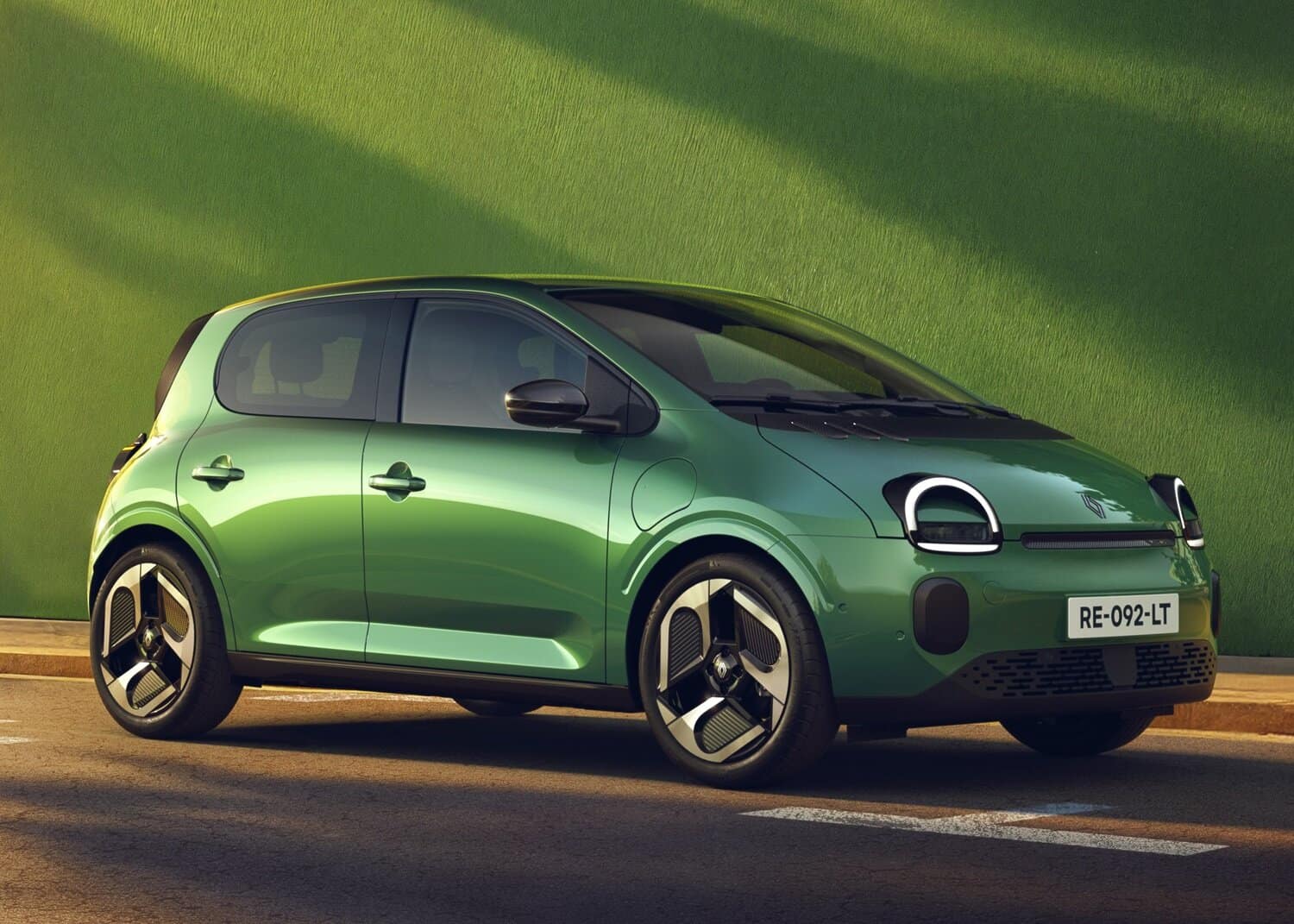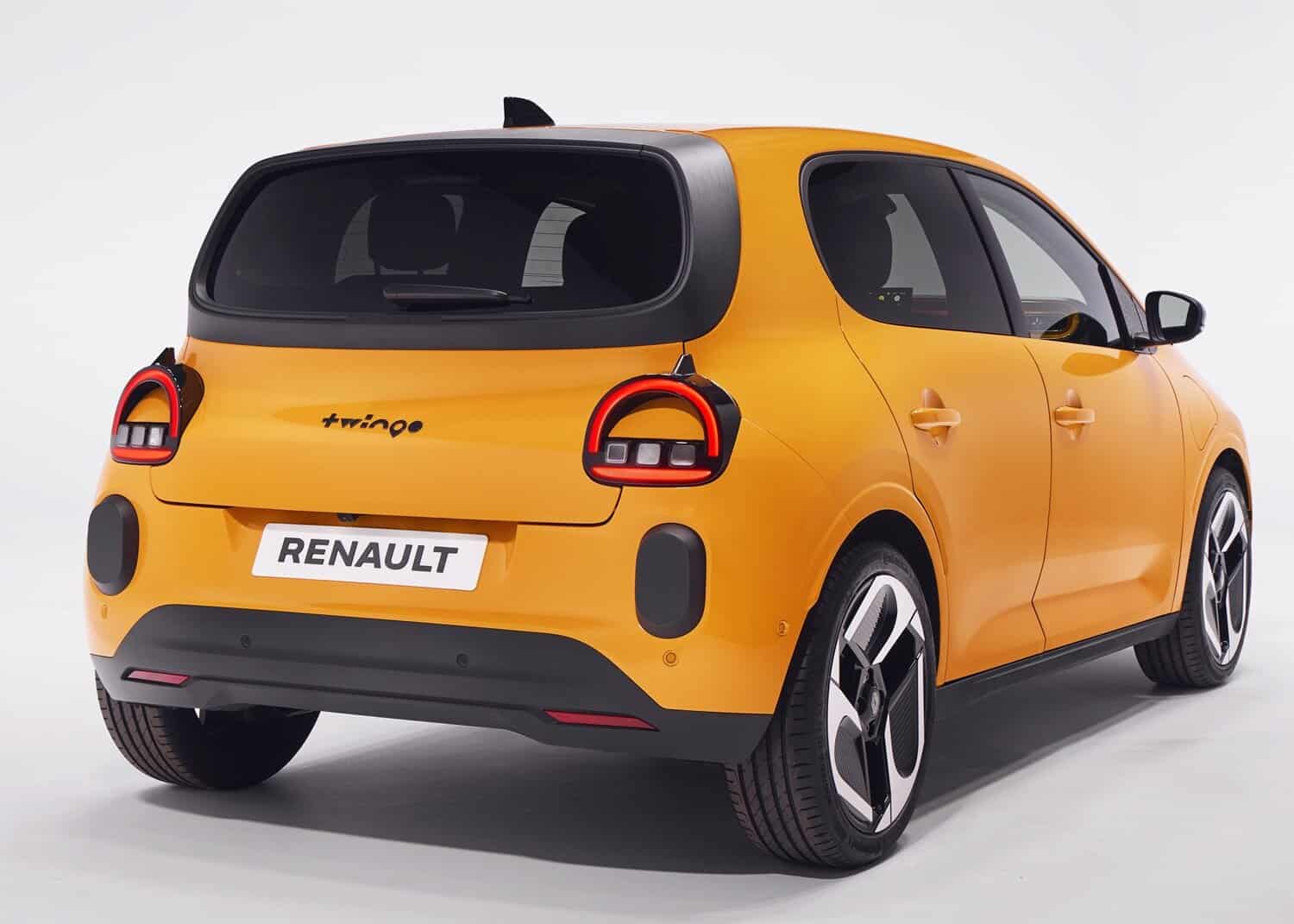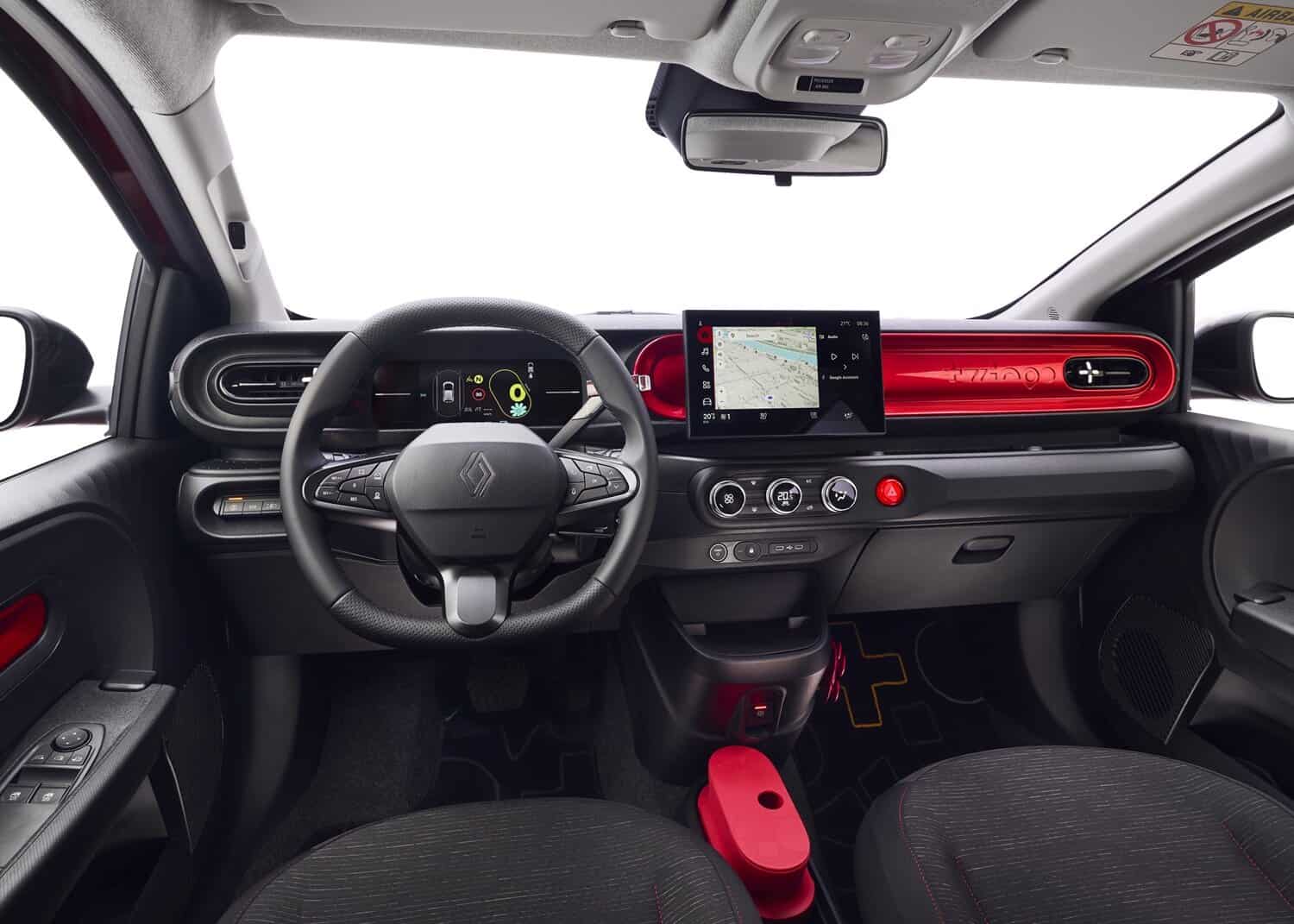
Reinvented, noticeably, over each of its last three generations, Renault has removed the wraps from the fourth generation Twingo after months of speculative reports.
Look familiar?
Set to go on-sale in Europe next year, the first completely new Twingo in 11 years follows the same route as the brand’s most recent revived models, the 4 and 5, by becoming an EV under the E-Tech banner.
ALSO READ: It is back: Renault 5 finally revealed as a retro-styled dedicated EV
Unlike the model it replaces, the Twingo reverts to a front engine, front-wheel drive setup as opposed to being rear engine and rear-wheel drive, with the five-door bodystyle again being the sole option.
Dimensions
Effectively previewed by alliance partner Nissan’s all-new Micra in May, the Twingo adopts a retro design by incorporating the same frontal design all the way to the B-pillar as the original, combined with the same rear appearance as the second generation briefly sold in South Africa.
Based on the AmpR platform that also underpins the 4 and 5, the Twingo measures 3 789 mm long, 1 720 mm wide and 1 491 mm tall, with its wheelbase stretching 2 493 mm.

Its design billed as cheerful, the Twingo rides on alloy wheels between 16 and 18-inches and, similar to the second generation, has a pair of individual rear seats rather than a single-piece split folding arrangement.
According to Renault, boot space is rated at 360-litres or as much as 1 000-litres with the rear chairs folded. Being an EV, an additional 50-litres can be stored underneath the bonnet.
In total, four colours will initially be offered: Starry Black, Absolute Red, Mango Yellow and Absolute Green, derived from the concept shown two years ago.
New inside
Compared to the exterior, the Twingo’s interior has little in common with any of the previous three generations.
A combination of the 4 and 5, the Twingo gets the same steering wheel and column-mounted gear selector as its siblings, plus switches for the electric windows and mirrors.
Unique to it, though, is the rounded dashboard layout with a 3D body coloured insert on the passenger’s side, the ovoid air vents, flat lower dashboard section and physical dials for the air-conditioning and on the steering wheel.

Compared not only to the 4 and 5, but also to the Micra, the lower section of the console has been designed with storage in mind and, as such, comes with a lip supposedly for clip-on accessories.
As standard, all Twingo feature a seven-inch digital instrument cluster plus a 10-inch freestanding infotainment display with wireless Apple CarPlay and Android Auto.
Small battery, reduced wait
Tipping the scales at 1 200 kg, propulsion comes from a single powerunit: a 27.5-kWh battery pack powering a single electric motor that makes 60kW/175Nm.
Well down on the 40-kWh and 50-kWh cells used in the 5 and Micra, the Twingo has a claimed range of 263 km and will do 0-100 km/h in 12.1 seconds before topping out at 130 km/h.
Supporting DC charging up to 50 kW will require a waiting time of 30 minutes from 10-80%.
In addition, the Twingo supports vehicle-to-load (V2L) up to 22 kW, and also features a one pedal function in which the regenerative braking can bring it to a dead stop when lifting off the accelerator.
Sorry, South Africa
Confirmed to be priced around the €20 000 mark in Europe, which equates to a directly converted R400 575 without taxes also included, the Twingo E-Tech is not anticipated to return to South Africa when sales kick-off next year.
NOW READ: Renault 4 returns as a retro-styled electric-only crossover



